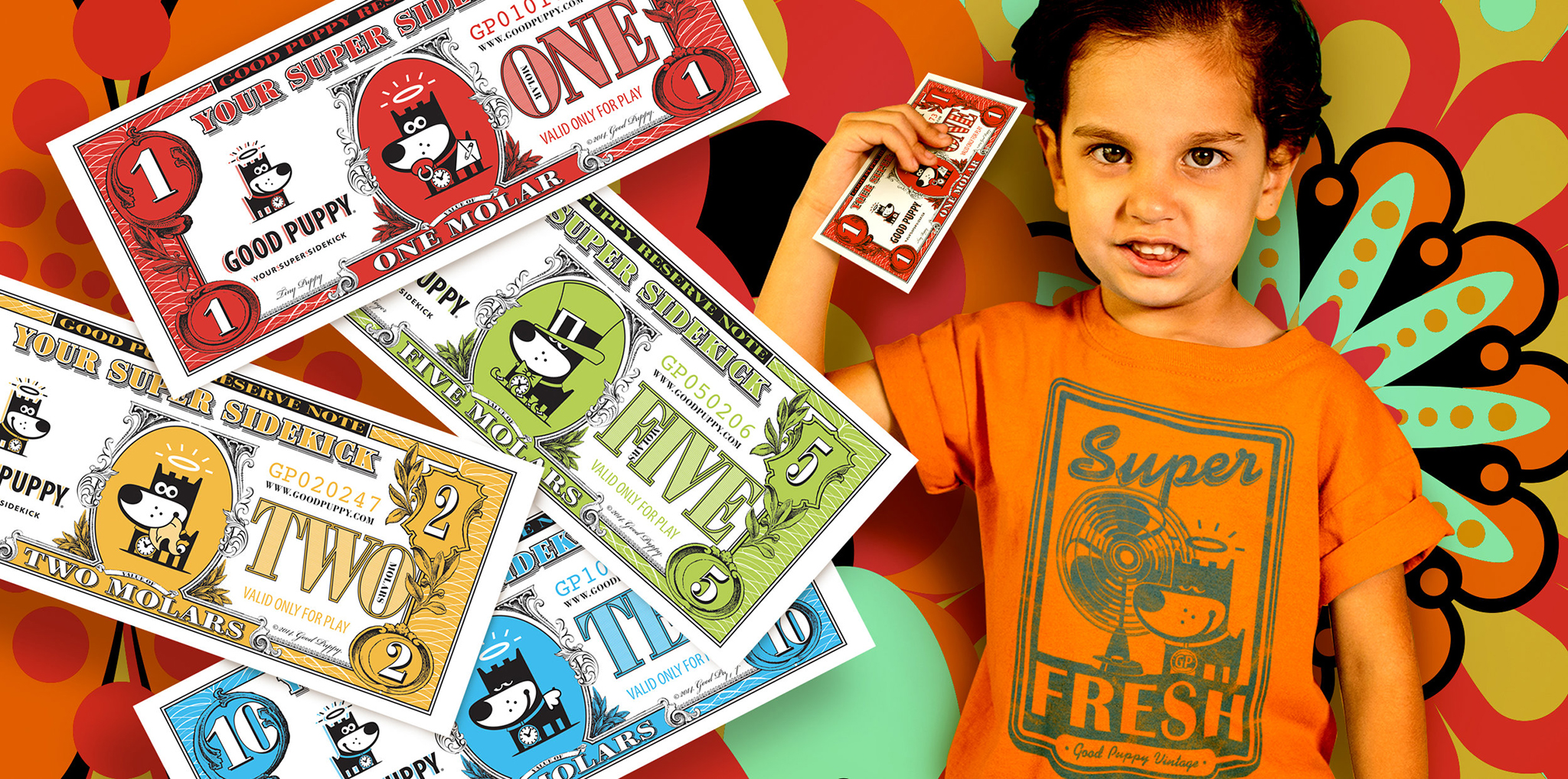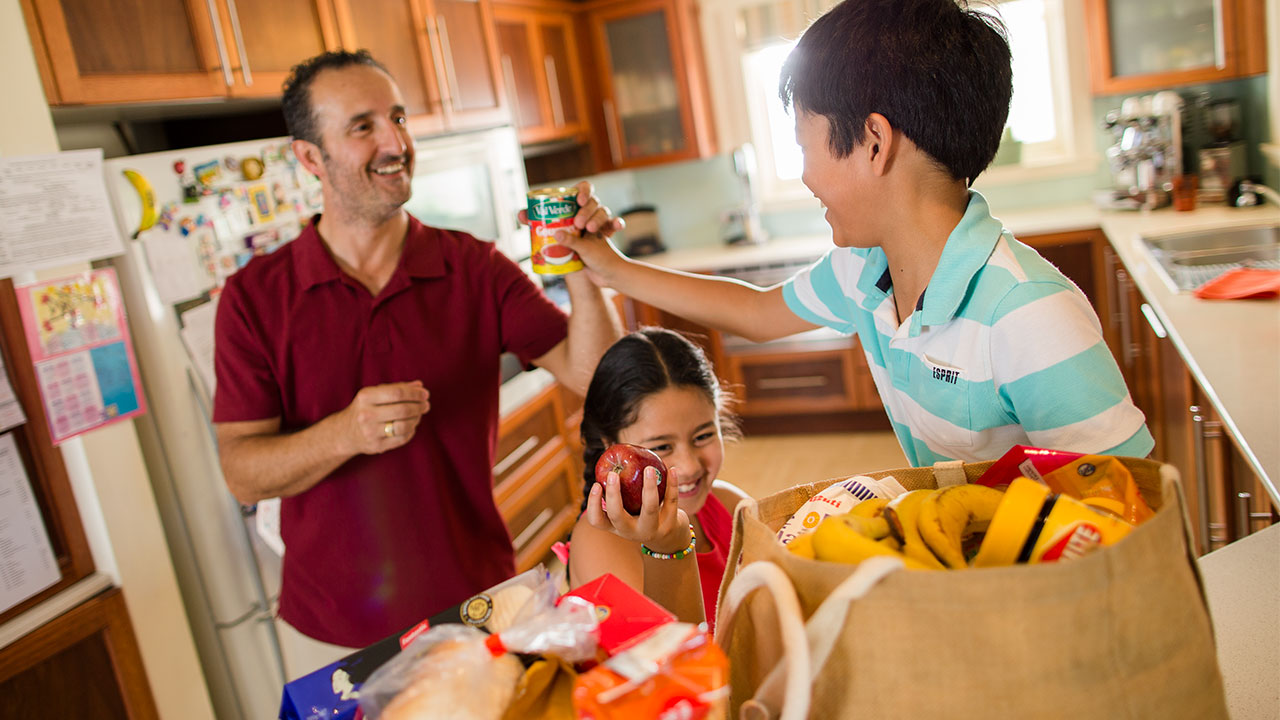Have what you’d call a non-compliant child? First off, let me promise you you’re not alone. And allow me to encourage you: parenting a non-compliant child is not easy!
That said, you CAN be successful. It just requires a new approach. What do I mean by this? Parenting a child with compliance issues (a.k.a. defiant behavior) requires some extra thought into how you speak to your child and specifically how you get them to comply with basic tasks like getting dressed, cleaning up, going potty, doing homework, etc.
All instinctive language and communication skills go out the window as you need to learn specific strategies that allow you to reduce your child’s non-compliant behavior.
You can set yourself up for success, but it requires you to retrain your brain some when it comes to how you approach certain situations.
What we mean by non-compliance
Non-compliance is when a child fails to start or complete a task or fails to follow an instruction.
Non-compliance is a common trait among children with autism and something that is often addressed during ABA therapy.
The good news: we have a few basic tips to help with the day to day activities of parenting a non-compliant child.
- Don’t ask yes or no questions. You already know why, don’t you? More than likely the answer will always be no, in which case you are just setting yourself up for failure.
- Give choice options for which you would be happy with either being chosen. That way, your child feels like they’re in control and you still get a positive outcome.
Examples:
When getting dressed: “Would you like to put your shirt or your shorts on first?”
When asking your child to clean up their toys “Do you want to clean up your legos or the playdough first?”

When going potty: “Do you want to go now or would you like for me to set a timer and we can go when the timer goes off?”
Tip: when you make a request, make sure you have enough time to follow through with it. Otherwise, you are accidentally rewarding their non-compliance and teaching them you won’t follow through with your requests.
Let’s use another example. Let’s say you’re trying to get to an appointment or to school on time, and you tell your child to clean up their playroom. You may be setting yourself up for failure if you’re eying the clock, depending on how compliant your child is being on that particular morning.
Phrasing matters, as does preparation
If you really need them to do something, don’t ask, “will you?” or “can you?”. Use statements instead, such as, “It’s time to eat,”, “You need to go get dressed,” or “Put your shirt on please.”
If you’re approaching a non-preferred task like a haircut, start talking about it several hours beforehand. This allows you to talk through the steps, give your child choices on how they want to begin, and to discuss a reward for completing the task.
Praise and reward
Last, but not least, be sure to praise, praise, praise and REWARD, REWARD, REWARD.
As parents, it can be so easy to overlook the positive activities that our child performs and only focus on the negative. Instead, the positive is what matters most here!
When you are praising your child, remember to be specific.
“I love how you got dressed so quickly.”
“You did such a great job eating all of your food at breakfast.”
“I’m so proud of how still you sat during your haircut today.”
More to read: Chronic Pain Under the Left Armpit: Common Causes and Solution








